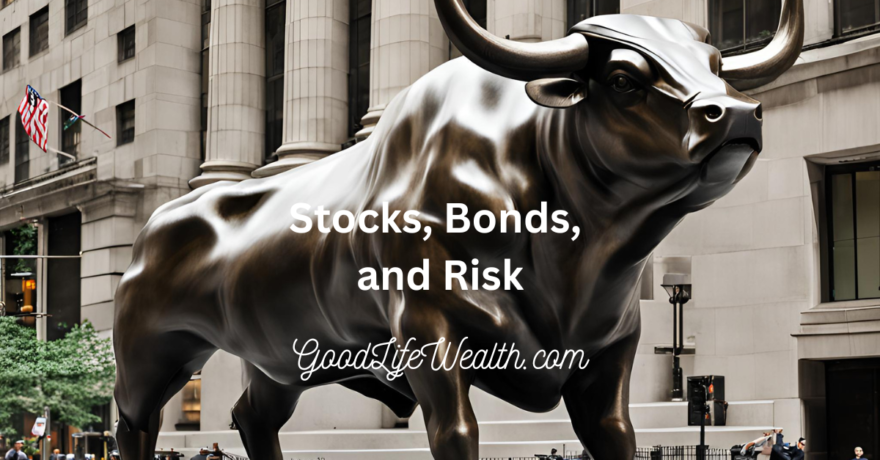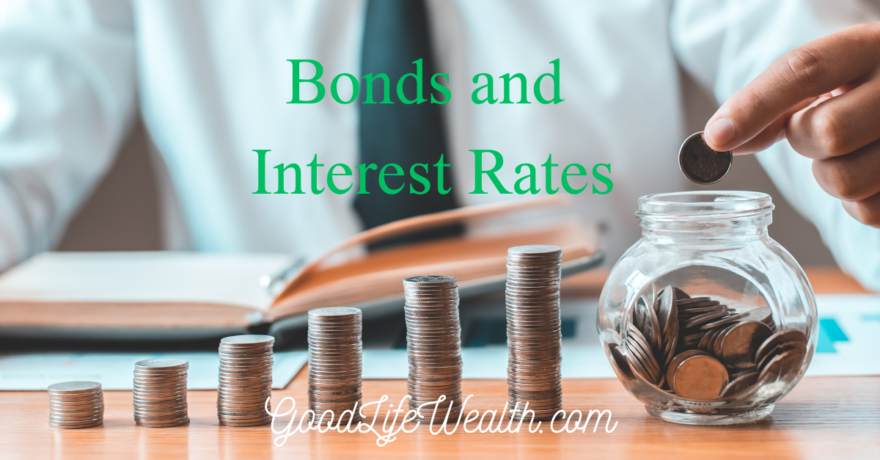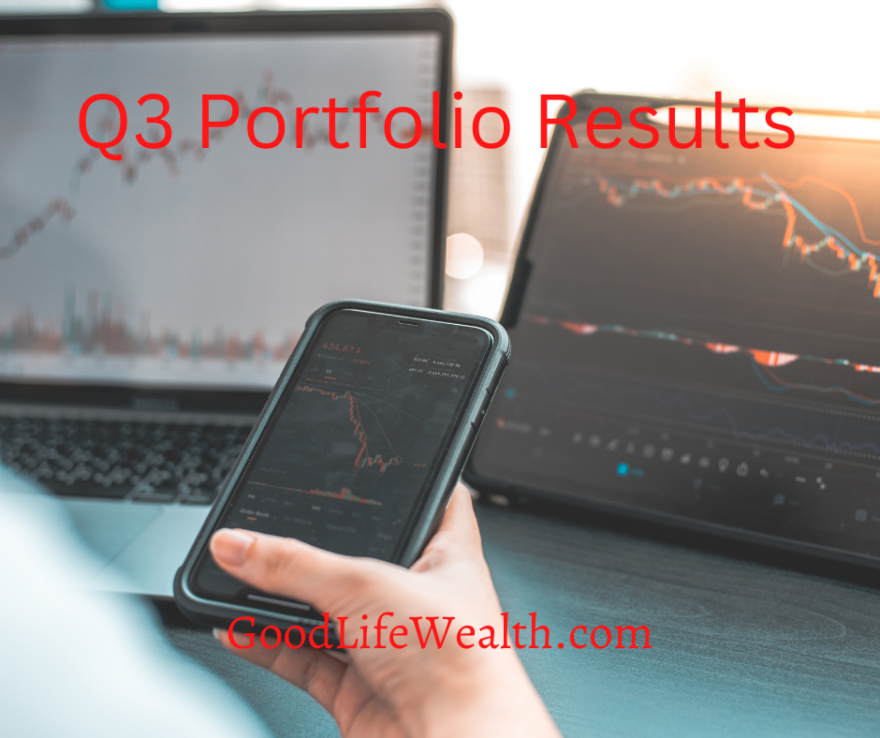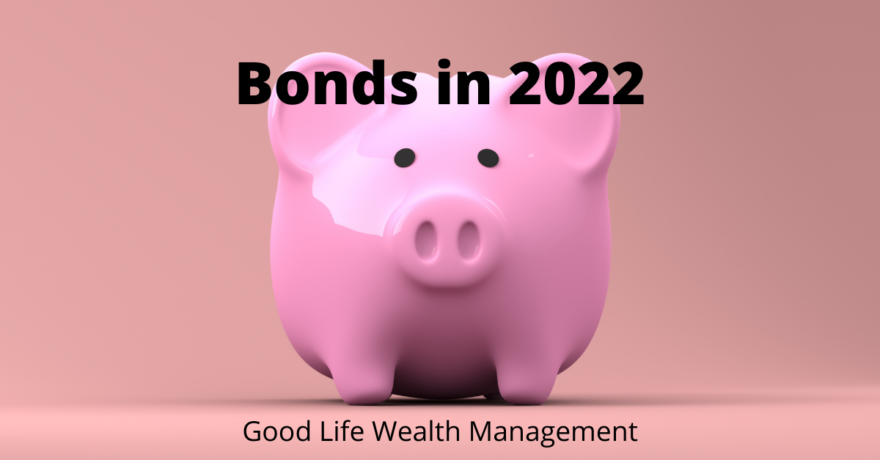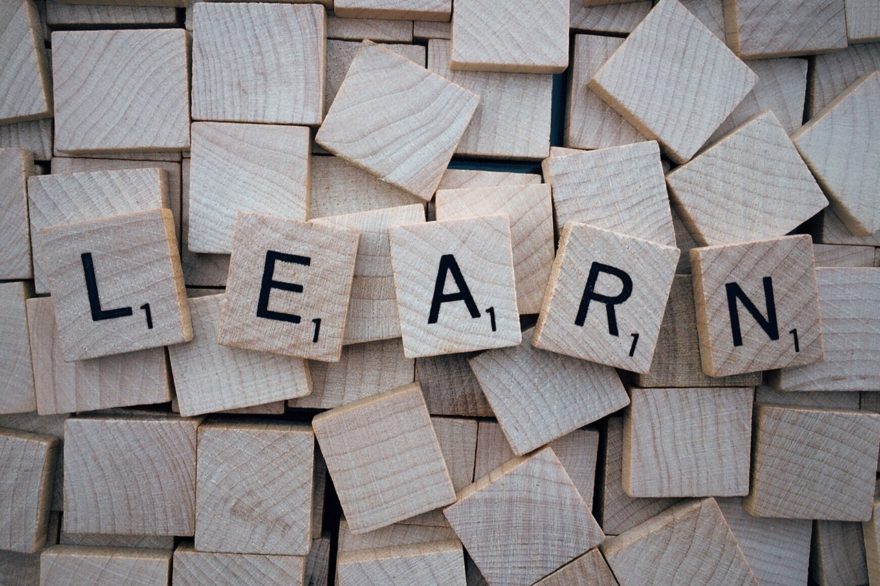I enjoy watching history documentaries, especially about the WWII era. One film shared this quote from a US Army manual:
“…commanders need to balance the tension between protecting the force, and accepting and managing risks that must be taken to accomplish their mission…”
While I am neither soldier nor general, as a portfolio manager, my challenge is to protect client’s assets while accepting and managing the risks that must be taken to achieve their goals, such as retirement. Stocks have been doing very well. In the past week, the S&P 500, NASDAQ, and the Dow have all made new highs. The S&P is up 11 percent, year to date, a fantastic run on top of last year’s great performance. Where are the risks today, and how can we manage the risks to accomplish our mission?
Performance Chasing
Some investors are frustrated that their diversified portfolio is not up as much as the S&P. There is an increasing feeling that stocks are invincible right now and everyone wants to ride the gravy train for as long as they can. Caution is being thrown to the wind as investors seem to be willing to pay any price for certain tech stocks – even if the company is trading for 100 times what they will make this year. The Bull Market appears to be alive and well and so is investors’ performance chasing.
It’s remarkable that we’ve had such high interest rates, and an inverted yield curve, and the economy continues to grow. Maybe the Fed will finally engineer the soft landing that they have been unable to achieve in the past. I hope that happens, but hope is not a good investment rationale.
We remain invested in the stock market, but I hardly think this is the time to become more aggressive. At some point, the high valuations will matter. In the past, when the S&P has traded for 21 times forward earnings (like now), the subsequent years of returns were below average. That should make sense to everyone, just as when the market is cheap, the subsequent returns are usually above average. Both reflect a reversion to the mean.
Bonds Can Get The Job Done
What do today’s stock valuations suggest about forward returns? As of May 15, 2024, the Vanguard Capital Markets Model suggests a 10-year return of US stocks of 4.3%, plus or minus one percent. That is less than half of historical returns, and would be quite a disappointing performance.
And where are bond yields today? The 10-year US Treasury has a yield of 4.5% and we can find 10-year Agency bonds near 6%. Remarkably, the expected return from bonds is now higher than stocks for the next decade. Investors are having a hard time getting their head around this new reality because over the past decade, the S&P 500 (SPY) is up 12% annually, while the Aggregate bond index (AGG) is up only 1.25% a year.
At no point in the last 15 years have bonds looked this good compared to stocks, on a forward looking basis. To investors, bonds look boring and stocks are exciting. However, if you are focused on how to achieve your goals over the next decade, while minimizing the risk of losses to your portfolio, you may benefit from adding more bonds.
What Is Your Mission?
Many of my clients are within five years of retirement or have already retired. For many, our mission is to provide steady growth, spin off some income, and not blow up the portfolio. We are concerned about sequence of returns risk and longevity risk. For clients needing income and withdrawals, bonds and fixed annuities are an excellent choice.
For investors who are in growth mode, there is still a good case for bonds. We should focus on the long-term returns available, with the least amount of volatility. In portfolio management terms, we aim to provide a strong risk-adjusted return, measured by a higher Sharpe Ratio. And for these growth investors, bonds still play a role. Bonds can improve our risk profile and also provide an opportunity for flexibility in the future.
With bonds, you can consolidate your gains while you wait for the stock market to have a correction at some point in the years ahead. With stocks, we may have some years of growth and then the next Bear Market could bring us right back to today’s levels (or maybe even lower). The investor who has bonds (growing by 5%), has a future opportunity to rebalance. We can trim the bonds and buy back stocks when they trade at a lower Price to Earnings ratio (PE). We can be defensive today, while waiting for a better opportunity to be more aggressive.
Don’t Be A Hero
You don’t have to be fully invested in stocks. If you have done a financial plan, you should have an idea of what required return is necessary to accomplish your goals. In many cases, today, bonds can provide the return needed to achieve your objectives. And that reduces the uncertainty of stocks not performing as hoped or as they have historically.
Ideally, investing should be boring. We don’t want to have exciting investments. Our Wealth Management process is focused on protecting your wealth and accepting and managing the risks that must be taken to accomplish your goals. If we can take a path with less risk and more certainty, that is often what we should choose. We look at future expected returns as our guide, rather than recent past performance.
Stocks have had a strong performance and we will continue to invest in a diversified portfolio. We should also point out that while the expected return of US stocks is only 4.3%, Ex-US stocks have an expected return of 7.7%. Opportunities still exist. But for now, bonds offer a compelling return versus an expensive US stock market.


